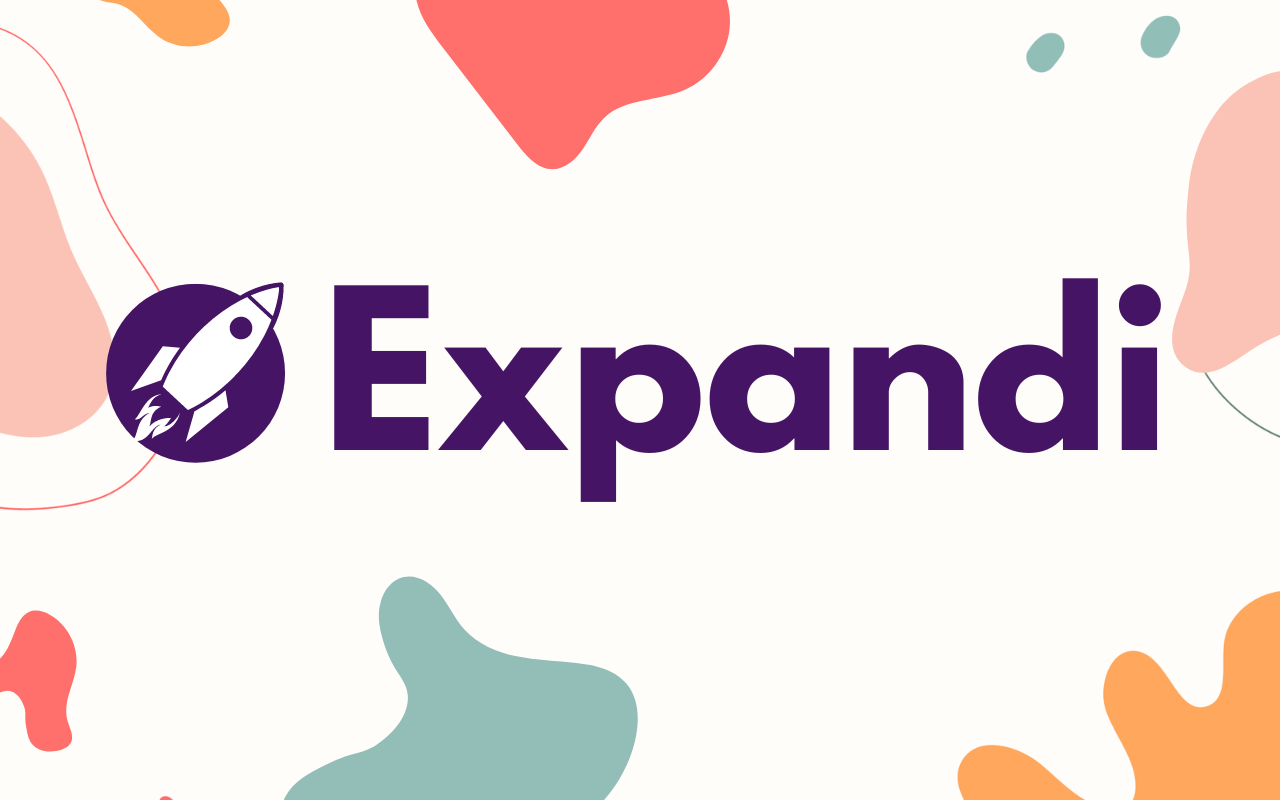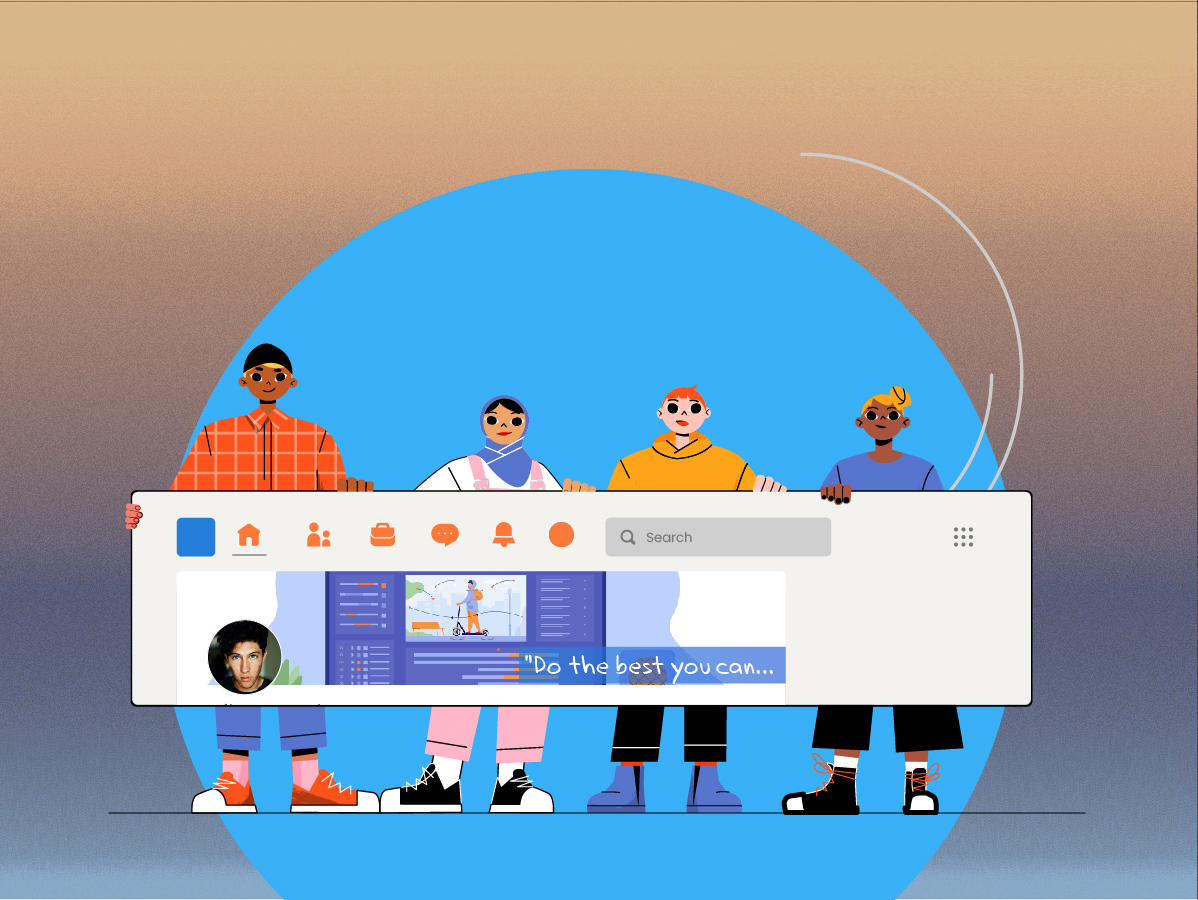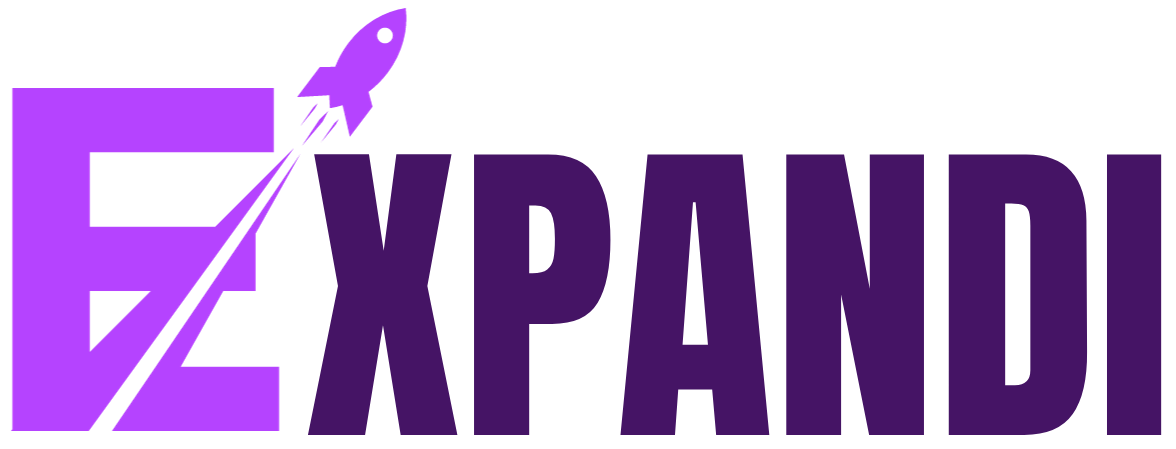In today’s interconnected world, LinkedIn has emerged as a powerhouse platform for professionals seeking to expand their networks, collaborate, and stay ahead in their industries. It has over 900 million members from 200+ countries. Among the various features LinkedIn offers, its vibrant communities provide a unique space for like-minded individuals to connect, learn, and grow together.
But what exactly is a LinkedIn community, and how can managers leverage it for business growth?
What is LinkedIn Community?
A LinkedIn community refers to a group of professionals who connect and engage with each other on the LinkedIn platform. It is a digital space where individuals with shared interests, industry affiliations, or professional goals come together to network, share knowledge, discuss relevant topics, and collaborate.
Being part of a LinkedIn community can offer numerous benefits, including expanding professional networks, gaining industry insights, receiving mentorship, staying updated with relevant trends, and accessing opportunities that may arise through community connections.
What does a LinkedIn Community Manager do?
- Community Engagement
Community managers are responsible for actively engaging with community members by initiating and participating in discussions, responding to inquiries, and fostering a positive and inclusive environment. They encourage interaction, facilitate conversations, and ensure that members feel valued and supported. - Content Curation
Community managers curate and share relevant and valuable content within the community. They identify industry trends, news, and articles that are beneficial to the community members, sparking discussions and providing insights. They also encourage members to share their own content and expertise. - Relationship Building
Community managers focus on building relationships and connections within the community. They help members network with one another, facilitate introductions, and encourage collaboration. They identify influential members and engage them as ambassadors to promote the community and its goals. - Community Growth and Promotion
Community managers work towards growing the community by attracting new members. They promote the community through various channels, such as LinkedIn posts, external websites, industry events, or partnerships. They ensure that the community is visible and accessible to relevant professionals. - Analytics and Feedback
Community managers monitor community metrics and analyze engagement levels, participation rates, and member feedback. They use these insights to assess the community’s performance, identify areas of improvement, and implement strategies to enhance the overall experience for members.
Tools for Building Communities Quickly
- LinkedIn Groups
LinkedIn Groups is a built-in feature that allows community managers to create and manage communities. It provides tools for communication, content sharing, and member engagement. Community managers can create focused and targeted communities, invite members, moderate discussions, and promote community events. It must be noted that LinkedIn marketing brings about 2x higher engagement rates. - Social Media Management Tools
Tools like Hootsuite, Buffer, or Sprout Social can be useful for community managers to schedule and manage posts across various social media platforms, including LinkedIn. These tools enable community managers to plan and publish content consistently, reach a wider audience, and drive traffic to their LinkedIn community. - Content Curation Tools
These tools help community managers discover and curate relevant content to share with their LinkedIn community. These tools aggregate content from various sources based on specific topics or keywords, making it easier to find and share valuable articles, news, and insights with community members. - Analytics Tools
Analytics tools such as LinkedIn Page Analytics and Google Analytics can provide valuable insights into the performance of a LinkedIn community. Community managers can analyze engagement metrics, member growth, post reach, and other key data to understand the community’s effectiveness and make data-driven decisions for improvement. - Email Marketing Tools
Email marketing tools like Mailchimp or Constant Contact can be utilized to build and nurture an email list of community members. Community managers can send regular newsletters, updates, or exclusive content via email to keep members engaged, inform them about community activities, and drive traffic back to the LinkedIn community.
Effective Techniques for LinkedIn Community Manager
Consistency, genuine engagement, and providing value to your members are key to accelerating community growth and fostering meaningful connections. Here are six effective techniques that a LinkedIn Community Manager can leverage to build communities quickly:
- Promote Engaging Content
96% of marketers leverage LinkedIn to increase their organic marketing growth. You must create and share high-quality, relevant content that sparks discussions and encourages interaction among community members. Share informative articles, industry insights, thought-provoking questions, and helpful resources. - Encourage Member Participation
Actively engage with community members and encourage their participation. Respond to comments, ask open-ended questions, and facilitate conversations. Create a safe and inclusive space where members feel comfortable sharing their opinions, insights, and experiences. - Collaborate with LinkedIn Influencers
Identify influential professionals or thought leaders in your industry and invite them to join your LinkedIn community. Engage them in conversations, request their insights, and ask for their support in promoting the community. Influencers and advocates can increase visibility, attract more members, and lend credibility to your community. - Collaborate with Other Communities
Seek opportunities to collaborate with other LinkedIn communities or professional groups that share similar interests or target audiences. Co-hosting events, cross-promoting content, or sharing resources can expose your community to new members and expand your network. - Host Virtual Events and Webinars
Organize virtual events, webinars, or panel discussions within your LinkedIn community. These events can be centred around industry trends and relevant topics of interest to your community. Promote the events within your community and invite influential speakers or subject matter experts to attract attendees.
Conclusion
LinkedIn community managers play an increasingly vital role in fostering engagement, building relationships, and creating thriving professional networks. As online communities continue to grow, community managers play a crucial part in moderating discussions, facilitating valuable connections, and ensuring a positive user experience.
Many marketers are leveraging expandi to expand their outreach and connect with a wider audience group. You can schedule a free demo to see how you can boost your community growth.





